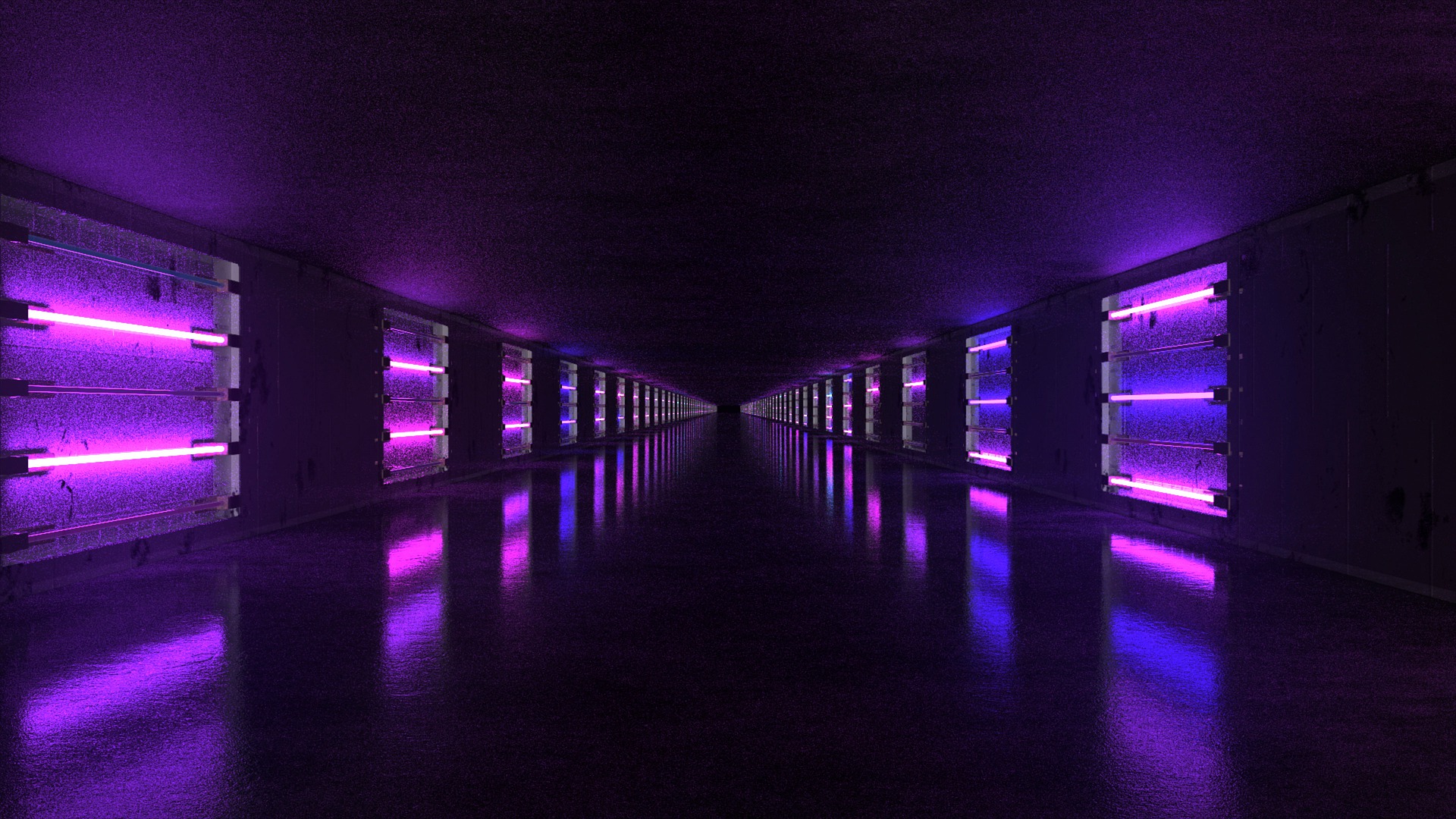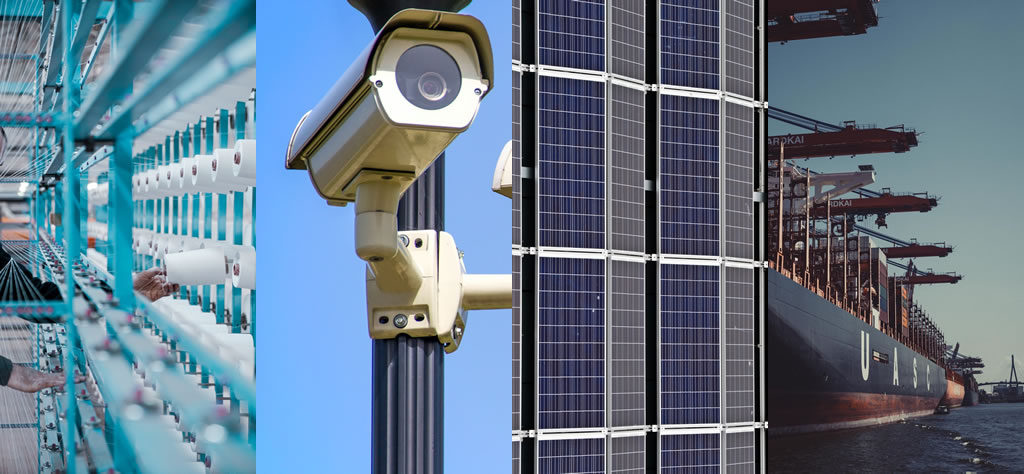This year, we were thrilled to be part of MD&M 2024 for the first time, an event uniting pioneers, experts, and enthusiasts in the medical device and manufacturing industry. Our exhibition booth offered attendees a unique opportunity to explore our latest product offerings, showcasing avant-garde sensing LED technologies. Throughout MD&M 2024, we cultivated connections with…
Tech-Led Blog
-
-
In recent years, technological advancements have paved the way for groundbreaking innovations in the field of medical devices. One such revolution is the integration of Extreme Tiny Chip-Scale Package (CSP) LED technology into medical devices. This tiny yet powerful lighting solution is reshaping healthcare, offering numerous benefits in terms of efficiency, precision, and patient care….
-
SWIR LED technology is a type of light-emitting diode that operates in the shortwave infrared (SWIR) spectrum. The full form of SWIR is “Shortwave Infrared.” It is a type of LED that operates in the wavelength range of 900 nm to 1700 nm, which is different from traditional LED technology that operates in the visible…
-
What is SWIR, and how can you benefit from high-performance SWIR LEDs? How does SWIR LED work? This article will cover the basics of SWIR. We will analyze the diverse range of new opportunities that SWIR LEDs can offer. Read on to learn about the most common uses of SWIR LEDs. The article will analyze…
-
A walk through the lighting section of any hardware store, and you may be dazzled by not only the sparkling fixtures but also the sheer number of options with which you are presented. A few of your choices include incandescent, fluorescent and LED lights. One of the most energy-efficient general lighting technologies – light-emitting diodes,…



